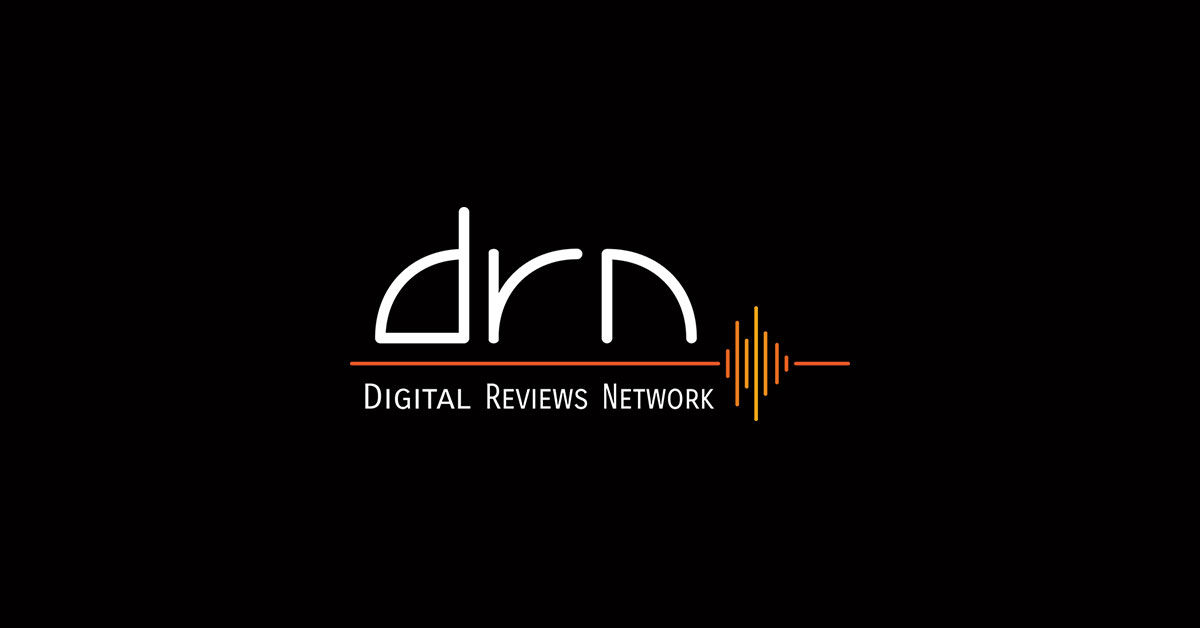 Here’s a follow-up news post on what we know so far about the new ASUS Eee Pad and Eee Tablet.
Here’s a follow-up news post on what we know so far about the new ASUS Eee Pad and Eee Tablet.
We’re waiting to get our hands on a review unit soon and hope to bring you an unboxing video shortly after that.
(UPDATE: We spoke to Spectrum Communications, who handle the ASUS account here in Oz, yesterday and they do their best to get us the first units as soon as they land here)
We must understand that despite the "Eee" moniker that they all have, they are different products in many ways.
Computex 2010 in Taipei, Taiwan, saw the unveiling of Eee Pad 10-inch EP101TC and the 12-inch Eee Pad EP121 as well as the Eee Tablet .
The Asus Eee Pad
First let’s talk about the Eee Pad. Asus says it’s "an ultraslim and light yet high-performance slate device designed to provide users with a real-time cloud-computing experience." A 12-inch version, called the Eee Pad EP121, is basically a keyboard-less laptop, with an Intel Core 2 Duo CULV processor and Windows 7. Theoretically, that makes it much more powerful than just about any other tablet around. Input is via embedded virtual keyboard or a special docking station / keyboard—and delivers more than 10 hours of smooth, continuous computing.
There’s also going to be a 10-inch version of the Eee Pad. Known as the EP101TC, it instead uses something called Windows Embedded Compact 7, but its CPU remains unclear at the moment. Both are being targeted at users of cloud-computing apps. You’ll love the dimensions: just weighing in at 675g and a very pocket-friendly 12.2mm thin.
The Asus Eee Tablet.
Asus also announced a more traditional e-book reader called the Eee Tablet, which emphasizes note-taking and annotation. The company describes it as "one of the world’s most accurate and sensitive digital note taking devices, [that] gives the user the feel of writing on paper."
The 10.1-inch tablet appears to have a 1,025 by 768-pixel resistive touchscreen display, and is apparently based on an ARM CPU running at an unspecified clock speed. The systems feature 64 GB of flash memory, integrated 802/11a/b/g/n Wi-Fi and GPS, along with a 3G connectivity option for mobile broadband; the devices also feature two USB ports for peripherals like keyboards and storage, along with
a VGA-resolution webcam for video conferencing. Asus hasn’t announced pricing or release dates for the systems, but reports have the company targeting a July release date, with pricing on the 10-inch model starting at $399 to $449…
It is clear that Asus is positioning the Eee Tablet as a hybrid e-book/entertainment device because it can play media files and includes a 2MP Webcam which none of the other e-book readers has. The Eee Tablet also makes use of a stylus.
For now, the ultimate U.S. and worldwide availability, price, or release date remain unknown at this stage.
Here are some random observations and questions to think about in the meantime.
Is there a large enough market for a multi-functional eReader?
Or do we just want a cheap reading device without the ability to take notes?
How important is the ability to draw just like on a Wacom?
What do people think of Windows driven tablets?
How do you see cloud computing on these devices? What does it mean in real life?
What do you think about an Android powered device by Asus?
What’s the impact on the netbook market with all these iPads and Eee Pads?
Give us your Comments below.
We also will give you the full Press Release from the Australian PR company Spectrum.
This has some additional detail which is interesting and not only for the Australian scene.
More on the next page.



